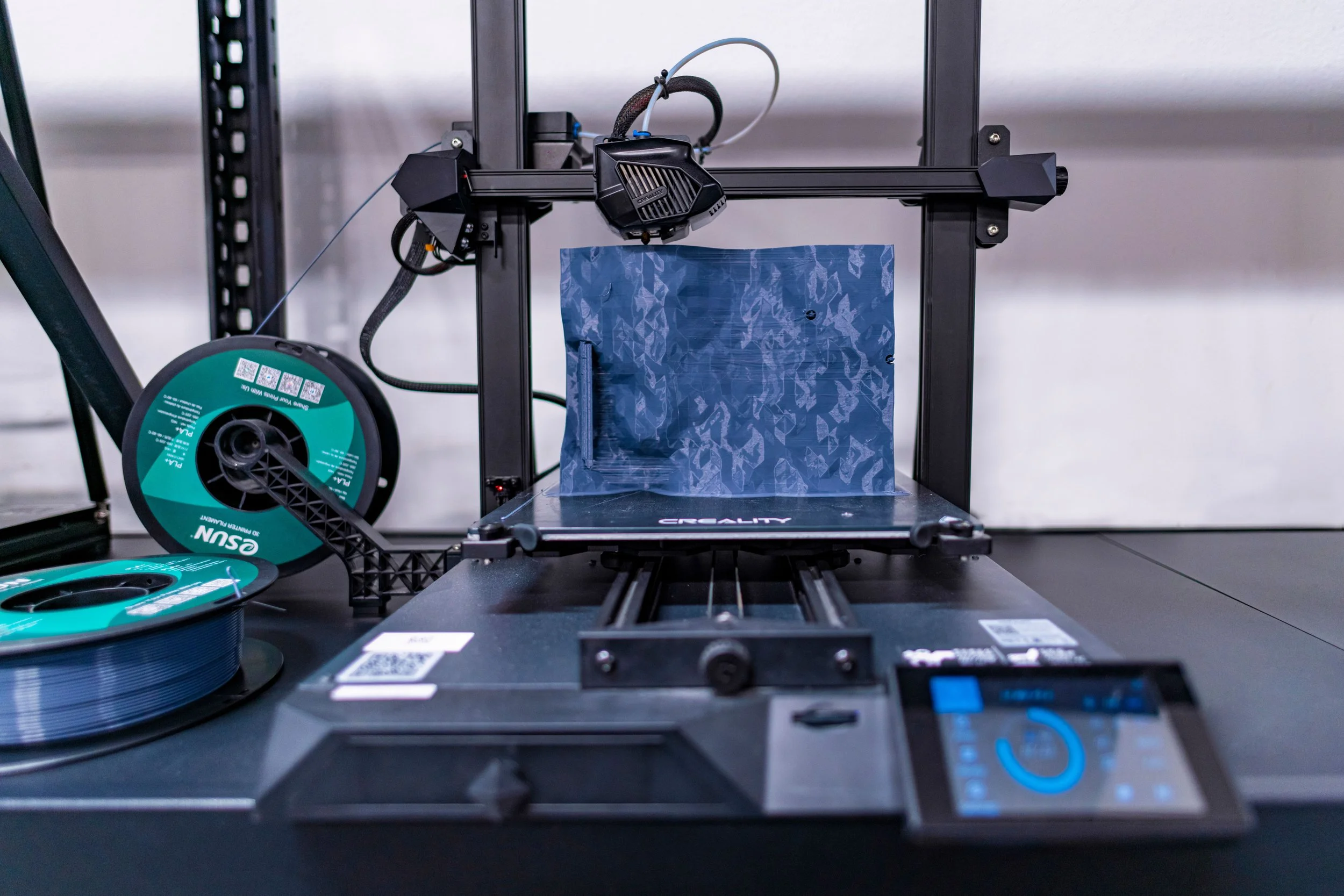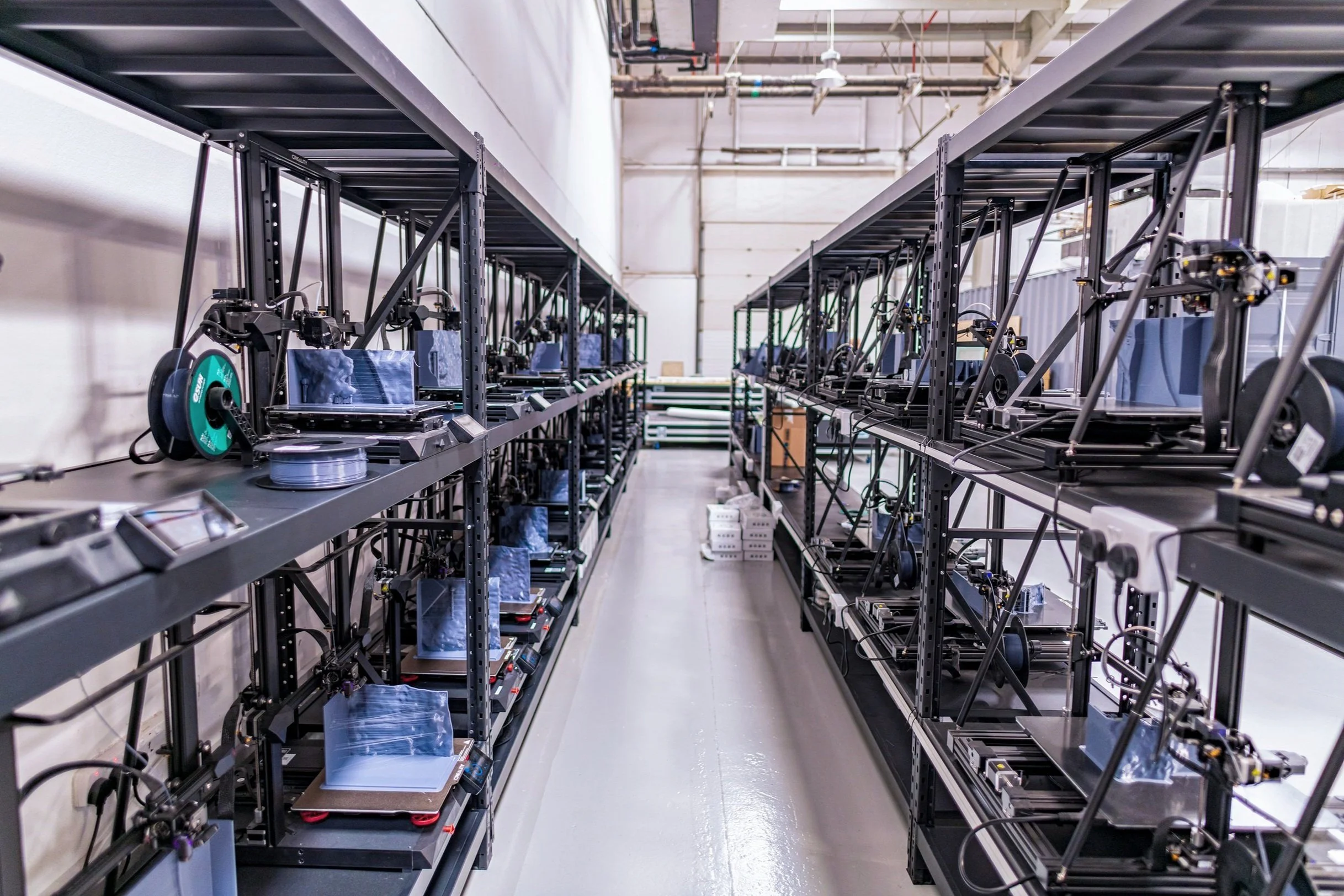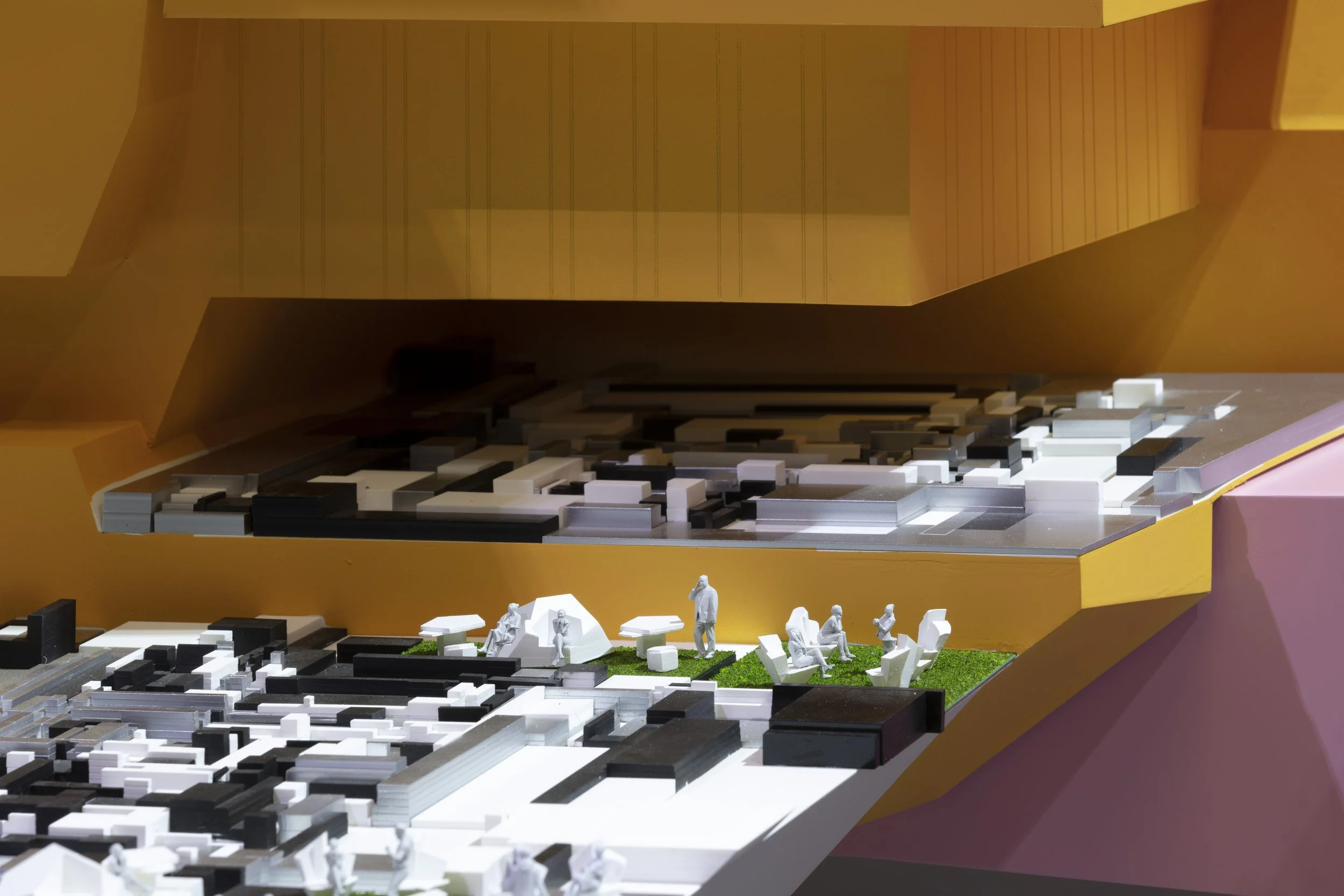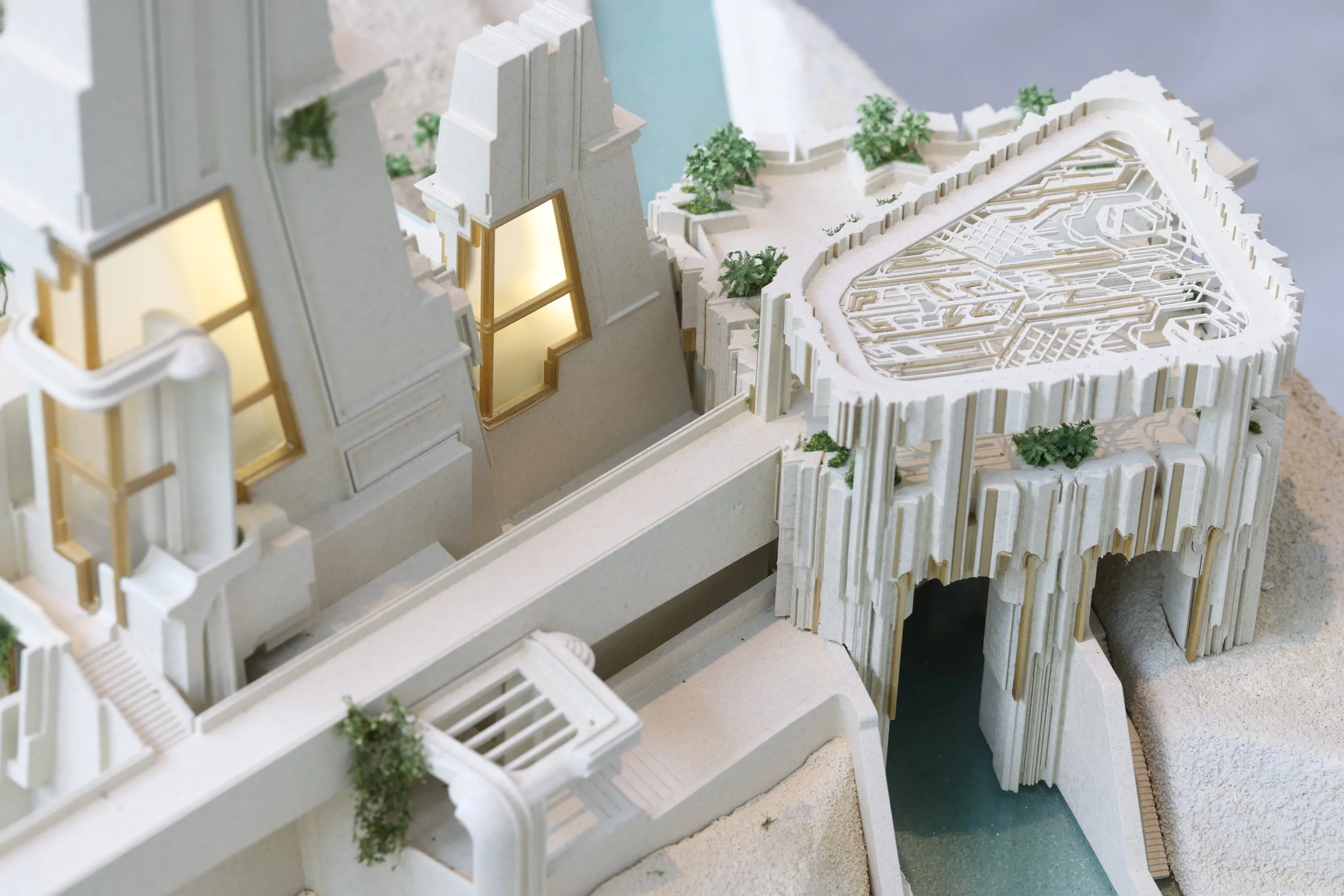Will 3D Printing Dominate Scale Model Making? Understanding the Influence of 3D Printing on Architectural Models
3D printing has revolutionized various industries, as It offers numerous advantages in terms of precision, customization, and efficiency. In the scale model making world, 3D printers have proven to be a game-changer, providing model makers with a versatile and highly precise toolset.
Creating full models manually can indeed be time-consuming, especially for large-scale projects. To address this, our facilities incorporate different departments, including in-house 3D printing. This allows us to gain control over the entire process, making it easier to iterate and implement design changes.
Within our workshop, we offer various types of 3D printers tailored to different needs. Two prominent methods are Stereolithography (SLA) and Fused Deposition Modeling (FDM). SLA printers utilize a precise laser to solidify layers of liquid resin, producing intricate, high-resolution prints ideal for detailed prototypes and small-scale production. On the other hand, FDM printers extrude thermoplastic filament layer by layer, offering versatility in materials and cost-effectiveness, making them popular for rapid prototyping and functional parts. But it doesn't stop there; we've expanded beyond individual units to cultivate a bustling 3D printing farm right within our workspace, containing 54 machines, which allows rapid prototyping and saves time.
One of the key advantages of utilizing an array of 3D printers lies in its versatility. Whether working on architectural models, prototypes, or intricate replicas. 3D printing addresses these challenges by executing designs with a level of precision that is difficult to achieve through manual methods. Be it complex lattice structures, organic forms, or interlocking components, 3D printers can easily reproduce these geometries envisioned in digital designs. This is particularly helpful in cases where the design includes the use of organic shapes.
On the other hand, 3D printing can end up limiting your creativity and flexibility, as you start to rely too much on the software and the printer, and lose some of the hands-on and tactile experience of model-making. Technical obstacles, including resolution, durability, or compatibility issues, can further impede the seamless execution of designs through 3D printing.
While 3D printing offers unparalleled capabilities, it cannot wholly replace manual model making.
Traditional methods often excel in certain areas, such as the tactile craftsmanship and detailing only achievable through manual processes. Skilled model makers can infuse models with a level of character and authenticity that may be challenging to replicate with 3D printing alone. Moreover, manual model making allows for spontaneity and improvisation during the creation process, fostering a sense of artistic expression and craftsmanship that adds depth and uniqueness to each piece.
traditional model making techniques have been honed and perfected over centuries, passed down through generations of artisans. These time-honored methods embody a rich heritage of craftsmanship and cultural significance, adding a layer of authenticity to each handmade piece. In a world increasingly dominated by technology and mass production, the preservation of these artisanal skills becomes all the more important in celebrating our shared human identity.
However, its true potential is realized when it complements, rather than replaces, the contributions of traditional methods.
By integrating 3D printing with established techniques, such as handcrafting, laser cutting, or CNC machining, architects and model makers can leverage the strengths of each approach to create truly exceptional scale models.
This hybrid approach not only combines the best of both worlds but also opens up new avenues for creativity and innovation, and allows us to bring your digital creations to reality in a more efficient manner than ever before.
In addition to its versatility, 3D printing opens up a world of possibilities with its wide array of available materials, ranging from plastics and resins to metals, sustainable recyclable materials, and even biodegradable options. This extensive selection allows for tailored choices based on the specific needs or ethical considerations of clients. However, it's worth noting that despite this variety, 3D printing still falls short in terms of material options compared to traditional manufacturing methods.
While 3D printing excels in offering materials suitable for various applications, it may lack the breadth of options available through traditional manufacturing processes.
In conclusion, while 3D printers have become indispensable tools in the field of model making, they complement rather than replace traditional manual techniques. Both approaches offer distinct advantages and contribute to the richness and diversity of the craft.
As technology continues to advance, the synergy between manual craftsmanship and digital innovation will likely shape the future of model making, ensuring a dynamic and vibrant landscape where creativity knows no bounds.
A lot argue that although 3D printing undoubtedly offers significant benefits, traditional manual model making still holds its ground, particularly in certain contexts. However, the question remains: is traditional manual model making becoming obsolete as 3D printing takes over the industry?
This limitation becomes evident when clients seek specific properties in their model materials, such as durability, sustainability, flexibility, or transparency. Traditional methods often provide a broader spectrum of materials that can be precisely tailored to meet these requirements, offering a level of customization that may not be achievable with 3D printing alone.
Despite these constraints, it's essential to recognize that 3D printing serves as a valuable tool in model making, offering unparalleled speed, precision, and customization capabilities. Its ability to rapidly produce intricate designs makes it an indispensable asset in modern architectural visualization.
Material Versatility
& Application
Material Options




